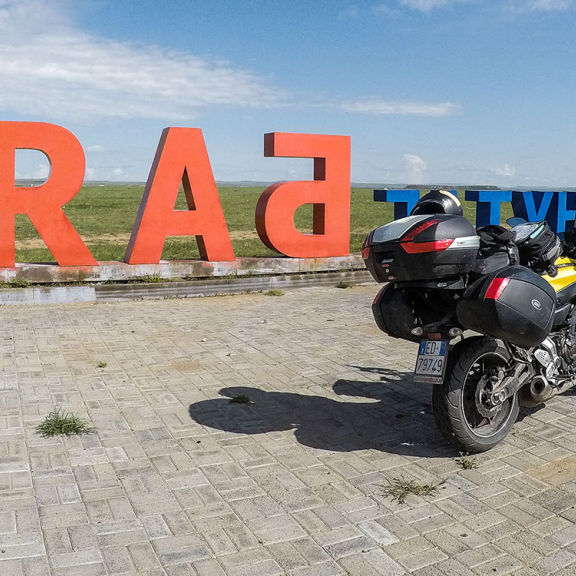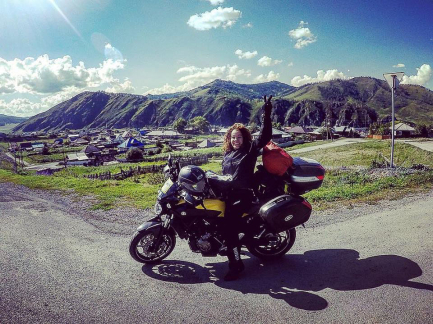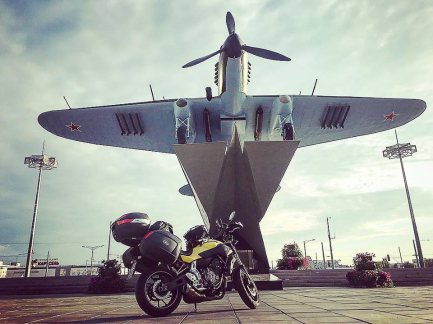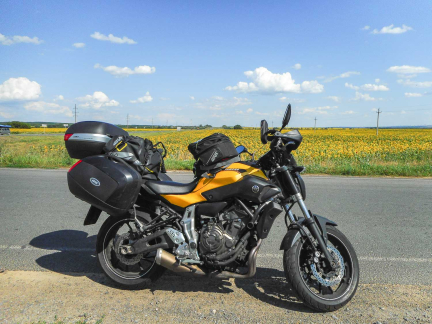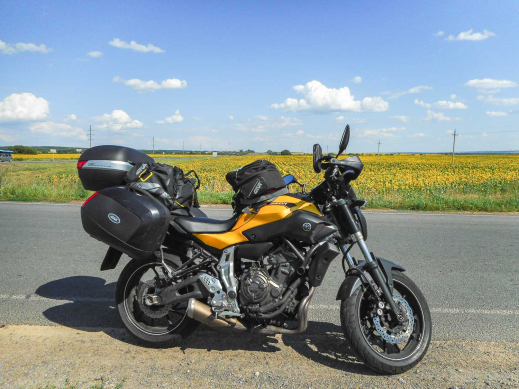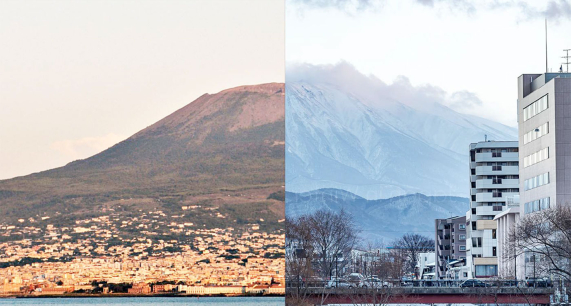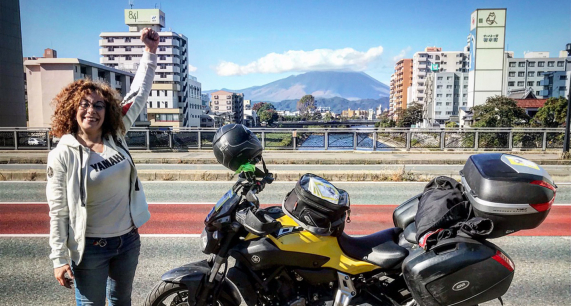Naples – Kazakhstan
Motorcycle trip in Kazakhstan
My journey from Naples to Morioka (Japan) did not follow Marco Polo’s route nor even Genghis Khan’s deeds but it brought together continents that gradually show a differently structured cultural condition, from Europe all the way to the East.
I had previously travelled through Italy, Slovenia, Croatia, Bonsia-Herzegovina, Serbia, Hungary, Ukraine, Russia, Kazakhstan, Mongolia, and now China, passing through Korea to Japan.If one considers how expressive modalities gradually change, from the former Yugoslavia to Ukraine, through Russia to Kazakhstan, the art of dance is a tool both in terms of communication and aggregation. Meanwhile, from Mongolia through China and Korea, to Japan, the vocal expression of aggregation is in the sole expression of Karaoke which becomes a priority with respect to bodily expressions.I begin to identify two macro geopolitical areas that contain continents with similar social states and a millenary tradition identifiable in Western and Eastern Europe
The tract of the former Yugoslavia, comprised of Croatia, Bosnia-Herzegovina & Serbia, shows its fragile and battered post-war character. The internal roads were the chosen route because others simply did not exist, alternating with a landscape in which caring for the front lawn bordering the road was a priority, where instead, abandoned houses were surrounded by nature and left to their natural state.
When entering Ukraine, the road just over the border is dotted with an indescribable number of fuel stations and then incredibly the whole scene changes and you encounter roadside sellers outside their homes or at possible rest areas. Then, there are the surprising cities of Lviv and Rivne, just after Kiev, where motorists are generous and always attentive to motorcyclists, letting them pass and staying on the right until they proceed to the chosen speed and direction.
Russia was the continent that surprised me the most, besides the fact that I had the feeling that in addition to wheat farmers and sunflowers, there were an indefinite number of asphalt layers given the number of roads under repair, I never came across any galleries, but continually roads that run through the hilly landscapes. I can understand a clear organizational difference between the first and second Russia which is the one encountered after Kazakhstan.
In the first version, the stretch from Zeleznogorsk to Kurgan, the cultural supervision of Moscow is also evident in the organization of cultural history and the road layout, considered obviously as a direct entry point from Europe.In the stretch of road that follows and links up after Kazakhstan from Rodino to Ortolik, the landscape structure seems free from constraints, the road becomes worse but before arriving in Mongolia you reach the Altai region which is spectacular, with incredible landscapes and geographical morphology of great impact.
The spectacular generosity of the Russians hidden under that serious and sometimes extinct gaze, as well as an internal time zone which greatly differs, combines with the spectacular greatness and diversity of Russia revealing a great openness towards strangers and a demonstrated fascination with respect to a woman traveling alone. Kazakhstan was an unexpected surprise.
The military personnel at the border were happy that I had chosen their country, as if this country was rarely a destination for motorcyclists. In fact, the cold and the streets are not always adequate, especially for my low bike which got me into trouble, but without making me give up.In Petropavl, the reception was extraordinary and the same applied to the capital, Astana.
The Kazakhs are incredibly open and tolerant Muslims. The extreme curiosity towards the motorcycle and a woman on a bike was incredible. Their direct interest despite not knowing English or Italian still allowed us to communicate. The roads are good but sometimes muddy and completely under construction, especially from Astana onwards.
On the other hand, Mongolia incredibly, presented itself without roads! There were very few sections of road from the border up to Hovd, just debris and side paths. It seems that a large Chinese company is rebuilding the roads but in the meantime, there are almost 250 km of dirt road from Hovd to the capital. I still wonder how I survived that road … obviously I fell several times but fortunately I’m still standing.
Almost everyone you meet presumes you have money and they ask for money in different ways, for example by proposing a higher price or offering non-existent services. But, in this context, the situation is as safe as all the other places previously visited and above all the landscapes are of incredible natural impact. The green alternates with the desert but does not lose its charm, and if the number of inhabitants is really small, the presence of animals is truly numerous, from cows to sheep, horses and camels.
This priority seems to mirror itself even in the children’s dreams: owning herds of horses or animals in general.
The distances seem quadrupled due to the fact of not seeing anyone, even on long journeys. There are isolated roads but they are not dangerous. The capital, Ulan Bator is more in line with the Asia of tomorrow, but in the meantime, it permanently unites/gathers the nomadic history of all of Mongolia within itself.

